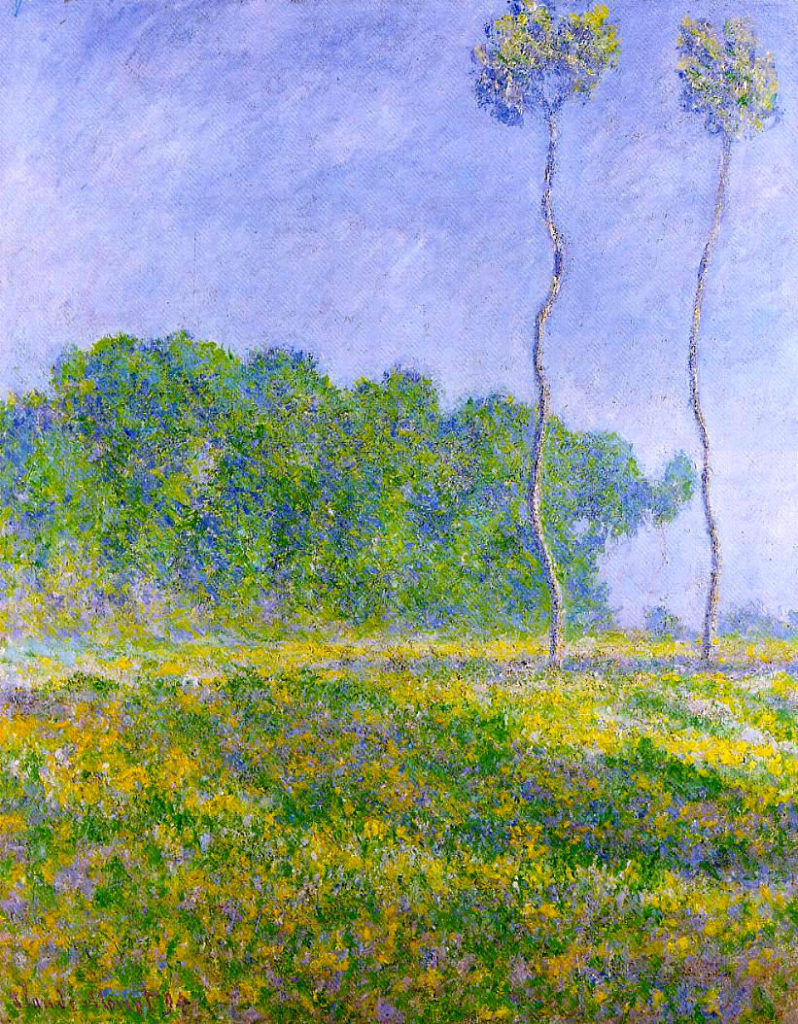
Thursday – First Day of Spring
I’ll let Emily Dickinson usher in the new season with “A Light exists in Spring.” I like how the poet describes this time of year as elusive, a sentiment found in a number of other magnificent spring poems, including A. E. Housman’s “Loveliest of Trees” and Robert Frost’s “Nothing Gold Can Stay.” For one precious moment, the color of spring’s light “stands abroad on Solitary Fields” and lights up “the Lawn, the furthest Tree, the furthest Slope.” It’s so intense that “it almost speaks to you.” And while science is too slow to overtake the moment, our Human Nature responds instinctively and instantaneously.
We have stepped only momentarily into a holy space, however, and are soon interrupted by the world of business. Cold language signals the encroachment: “Science,” “report away,” “Formula of sound,” “Trade.” The light leaves and we, in our grief, stay. Or as Dickinson puts it in her understated way, “A quality of loss affects our Content.”
I imagine Dickinson taking a meditative walk in nature and experiencing an ecstatic moment of communion with the special light. Then the moment passes.
A Light exists in Spring
Not present on the Year
At any other period –
When March is scarcely here
A Color stands abroad
On Solitary Fields
That Science cannot overtake
But Human Nature feels.
It waits upon the Lawn,
It shows the furthest Tree
Upon the furthest Slope you know
It almost speaks to you.
Then as Horizons step
Or Noons report away
Without the Formula of sound
It passes and we stay –
A quality of loss
Affecting our Content
As Trade had suddenly encroached
Upon a Sacrament.